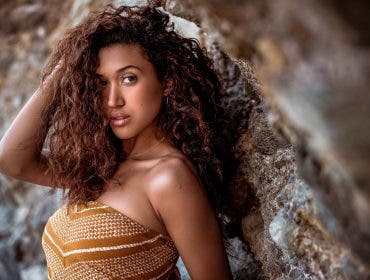Every photographer has probably heard about distortion, or lens distortion. However, most have never actually learned what it is, and how it affects their photography.
In this article, we will explore all the different types of lens distortion. We’ll go over the various optical flaws in a lens, as well as types of natural distortion that our own eyes experience.
It may sound advanced and complicated at first, but it’s really quite simple! Let’s dive in and break it down. Ultimately, you will even learn how to use certain types of distortion creatively in your photography!
What is Lens Distortion?

First and foremost, I want to answer this most basic question: what is lens distortion? Generally speaking, when we use this term we are referring to distortion that literally distorts what a “perfect” image ought to look like, especially for a certain focal length and camera angle.
Say you’re photographing any sort of architecture or structure that has a lot of straight lines. They ought to appear straight in your photograph. However, because of the imperfections in the optics of the lens, the lines appear curved instead.
This is what people are usually referring to when they talk about lens distortion. It’s when a line that is clearly straight, in reality, becomes curved when photographed with a “flawed” lens.
Types of Lens Distortion
In this common category of lens distortion, there are three main types of optical issues that lenses experience. Barrel distortion, pincushion distortion, and mustache distortion.
Barrel Distortion
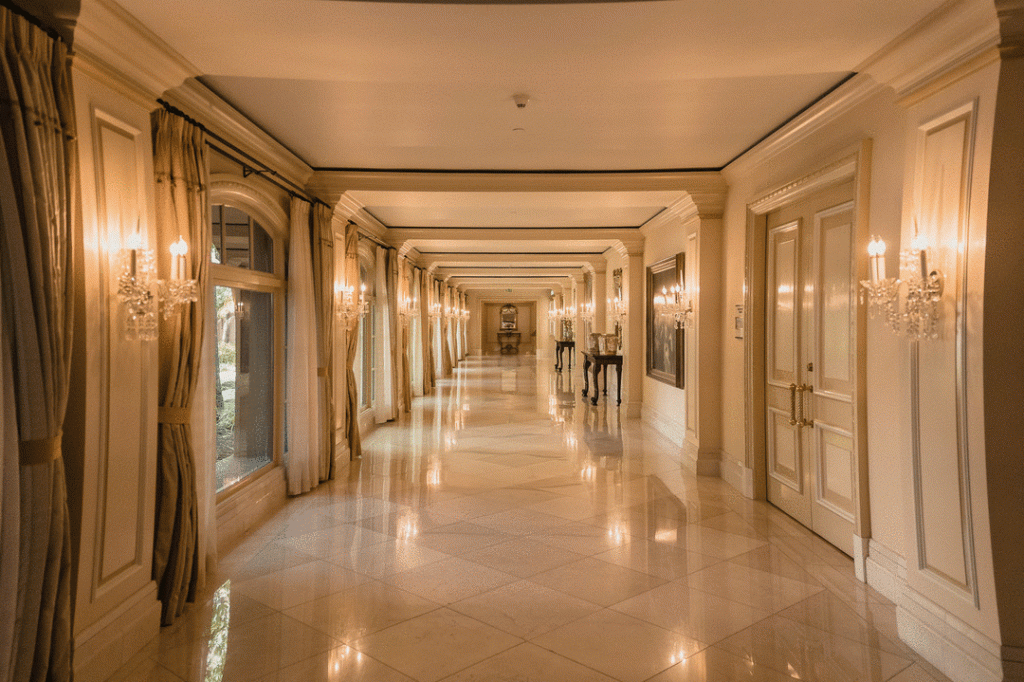
Barrel distortion is when any straight line that is parallel to the edge of your frame is curved outward. If your composition has straight lines around all four edges, they would appear like a barrel — hence the name. Barrel distortion is most common on normal and medium-wide focal length lenses, especially zoom lenses.
Pincushion Distortion
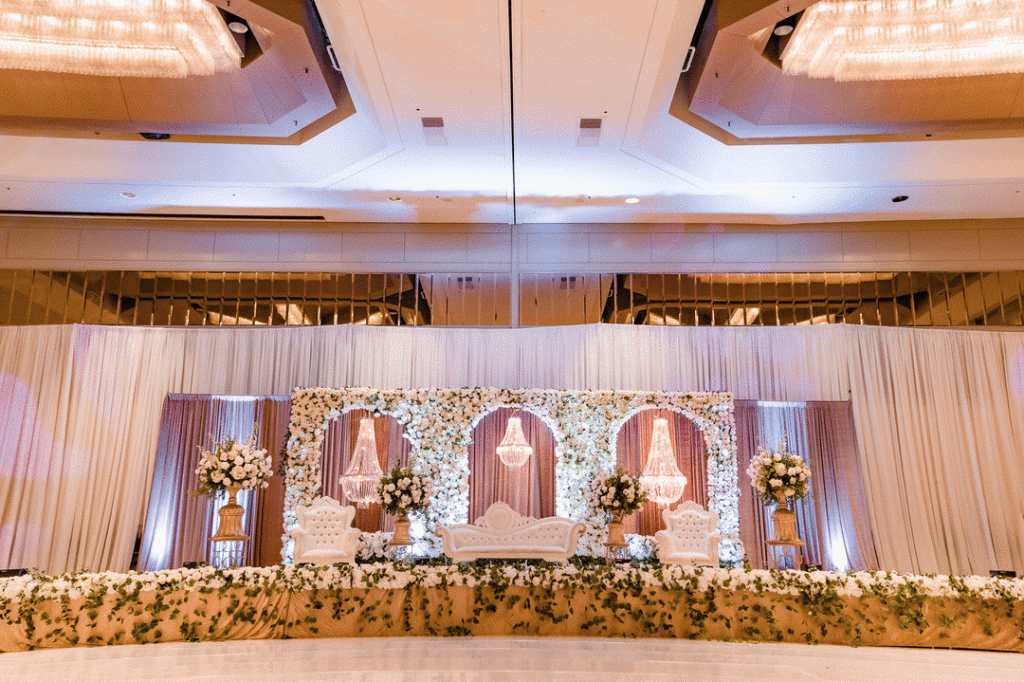
Pincushion distortion is when the opposite is the case. Instead of bending outward, a straight line at the edge of the frame is curved inward. This type of lens distortion is common at telephoto focal lengths. Modern lenses have very little. It’s more common on older lenses that cross from wide-angle to telephoto focal lengths.
Thankfully, most modern lenses that have pincushion distortion, barely exhibit any at all.
Mustache Distortion

This type of distortion is difficult to correct because it actually features both pincushion distortion and barrel distortion. It’s a rather diabolical and visually distracting phenomenon.
Mustache distortion is most common at ultra-wide focal lengths, on both prime and zoom lenses. It is especially common on affordable, all-manual, ultra-wide lenses such as 14mm primes.
Because of its curvy nature, this is often the most distracting and undesirable type of distortion.
Other Types of Optical Distortion

So far, we’ve been discussing lens distortion which is an optical flaw. However, I absolutely have to mention fisheye lenses. They intentionally distort an image because they use optical distortion to simply fit as wide of a view as possible into the image frame. In other words, if you let straight lines curve, you can have a diagonal (corner-to-corner) angle of view of fisheye lenses that is often a complete 180 degrees, or sometimes more.

Although fisheye lenses radically warp straight lines around the edges of an image frame, any straight line crossing through the dead-center of the frame will still be rendered perfectly straight.
In fact, fisheye lenses often do a better job than corrected “rectilinear” ultra-wide lenses at rendering a subject exactly the same in an extreme corner of the frame and in the dead-center of the frame. Ordinary ultra-wide lenses may keep straight lines straight. However, they still optically warp other subjects in order to do so.
That just about covers it in terms of lens distortion. However, this article would be incomplete without mentioning the types of natural distortion that are always visible in reality.
Optical Distortion vs. Natural Distortion
Simply put, the term distortion is broadly used. Sometimes people use it to describe any time reality appears weird, or inconsistent with how we think it ought to.
In reality, these are just optical (visual) tricks that our eyes can play on our brains.
Perspective Distortion

Have you ever looked at a photo and thought, “Why does that tiny little barrel cactus appear as large as that distant mountain?” It was simply because you physically moved your camera very close to a small subject, while an enormous subject was far off in the distance.
In other words, your perspective on the scene is distorting the scale of a 6-inch subject and a 6,000-foot subject, making them appear the same size.
Most of the time, your eyes will see such things and your brain won’t even notice because you’re naturally accustomed to some level of perspective distortion. Other times, when a viewer’s angle exaggerates this perspective distortion, it can really catch a viewer’s eye, or even be unsettling.
Lens Compression
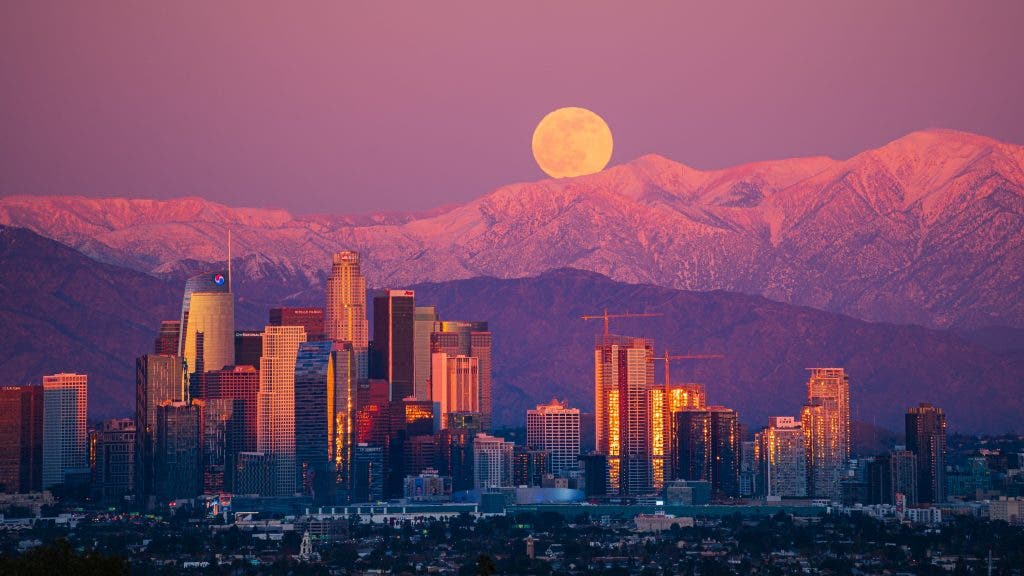
Lens compression is basically the same thing: using your perspective to create an image where two very different-sized subjects appear more similar in size than they naturally would.
This is a very simple trick that you can easily demonstrate yourself: using a telephoto lens, align a distant subject with an even more distant, larger subject. If you get the distances right, you can appear to make a smaller-but-closer subject appear equal in size, or even larger than, a bigger-but-farther subject.
How to Correct Lens Distortion

Now that we have learned about virtually every form of lens distortion that photographers will encounter, let’s talk about how to “fix” undesirable distortion. Stay tuned, because then we are going to talk about how to use lens distortion creatively, too.
Thankfully, today and beyond, optical distortions such as barrel, pincushion, and even the challenging mustache distortion, can all be corrected easily with most photo editing software.
The best option is to correct lens distortion before you even get to see it: in-camera corrections. Most modern mirrorless camera systems have electronic communication with each lens, and the lens actually tells the camera exactly how much distortion it has, and how to un-warp any curved lines so that they are perfectly straight. If you turn on Distortion correction in the menu of your camera, you’ll hardly ever see it.
If your camera and lens don’t have this option, don’t worry. Your next line of defense is your raw processing software. Most modern autofocus lenses will communicate their make and model information to the camera, so you’ll see it in your image’s EXIF data. RAW conversion software such as Adobe Lightroom can read this Exif data and, if you turn the option on, will automatically apply a lens correction profile.

Last but not least, you have numerous options for manually correcting lens distortion. First and foremost, if your lens does have a correction profile available, you can manually load it into your RAW conversion software. This is common for all-manual lenses that have no electronic contact with the camera.
Also, you can use brute force: most RAW photo editing software has a slider that allows you to manually correct barrel or pincushion distortion, though not mustache distortion.
How to Use Lens Distortion Creatively

Most of the time, you’re going to want to fix things like barrel, pincushion, and mustache distortion, because they are simply a distraction that hinders you from capturing the real world accurately.
However, of course, lenses such as fisheye lenses are a creative tool that can render a truly unique view of the world.

Also, and most importantly, every photographer should learn how to use both perspective and compression to their creative advantage. Try zooming out to ultra-wide focal lengths, and get really up-close and personal with your subjects.
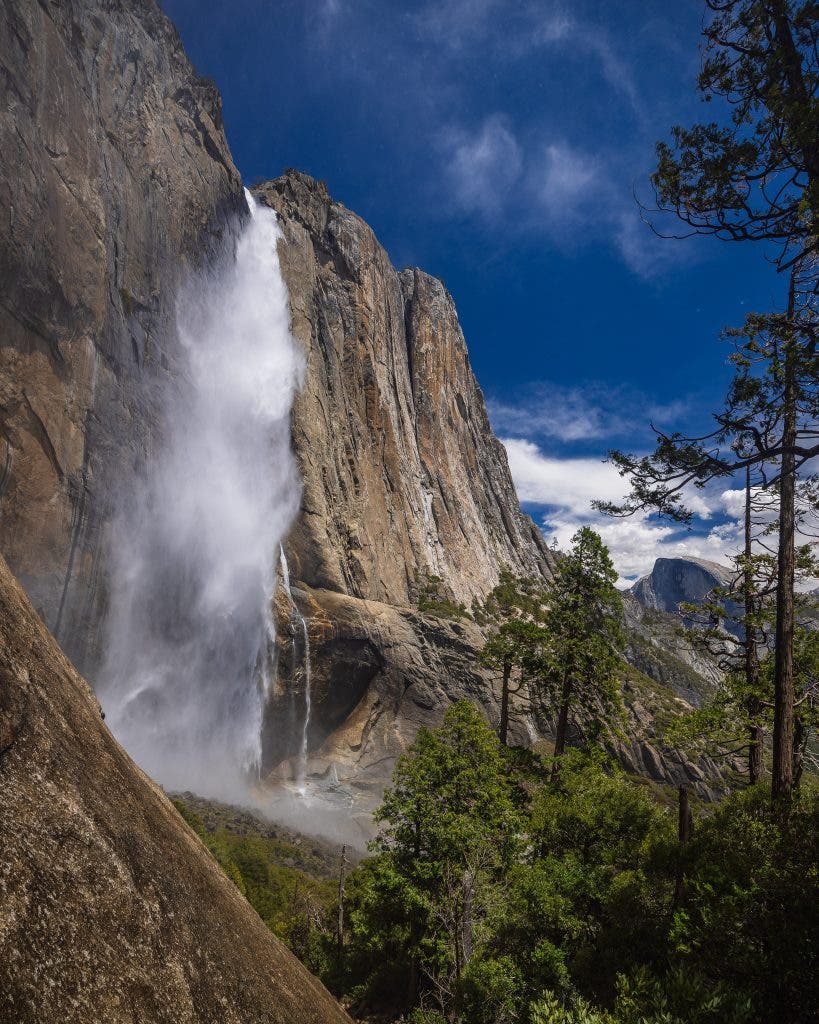
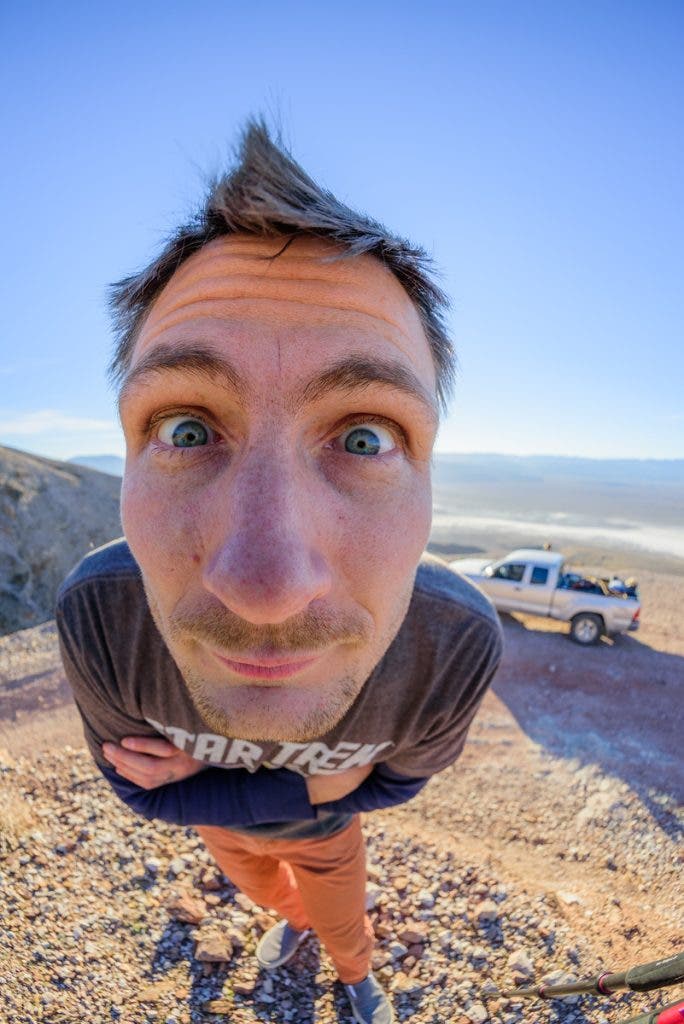
Be careful, though. An in-your-face view of an actual face can create distortion that looks really weird and sometimes downright unflattering.
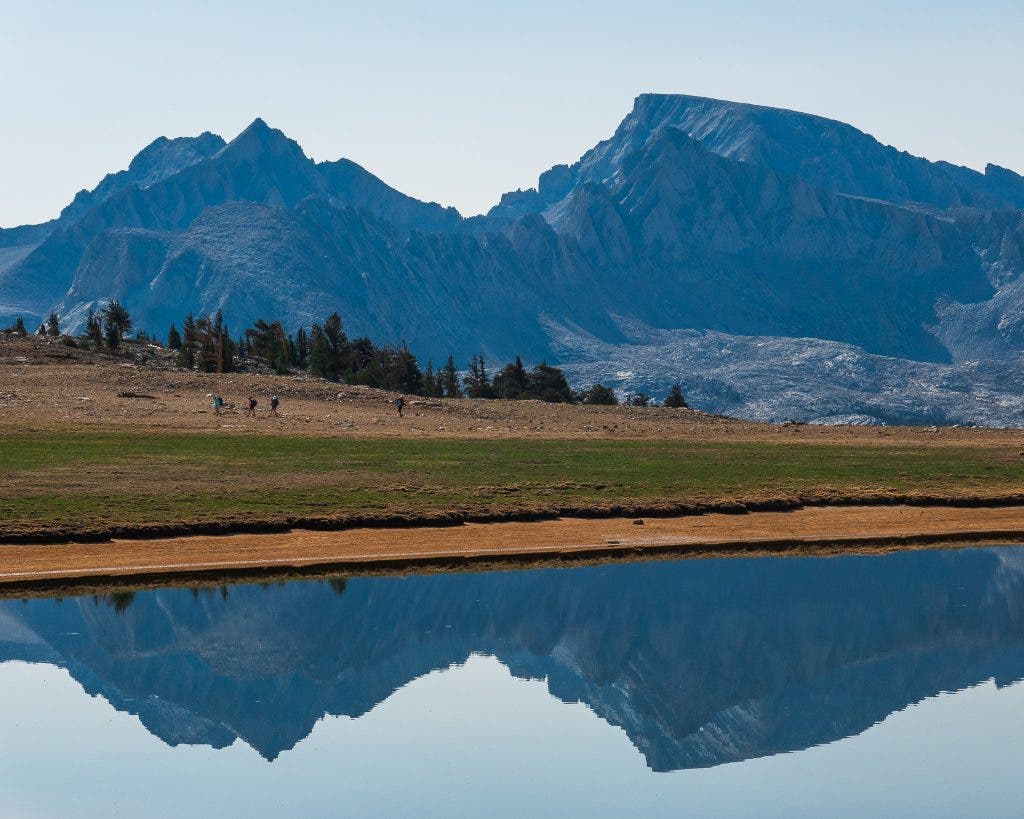
Oppositely, try playing with greater distances, to use optical trickery to catch the viewer’s eye with something unique.
Conclusion

Lens distortion comes in all different shapes and sizes — literally. Most photographers use the term rather loosely, so we hope this article cleared everything up for you.
Simply put, the most common types of lens distortion are usually just the undesirable warping of lines. Thankfully, however, nowadays they are almost always removed automatically. When you understand all the different types of distortion, though, the basic concepts can become powerful creative tools.
The best part is that you don’t need an expensive, exotic lens to avoid unwanted lens distortion. You can use whichever camera and lens you already own to get started.






